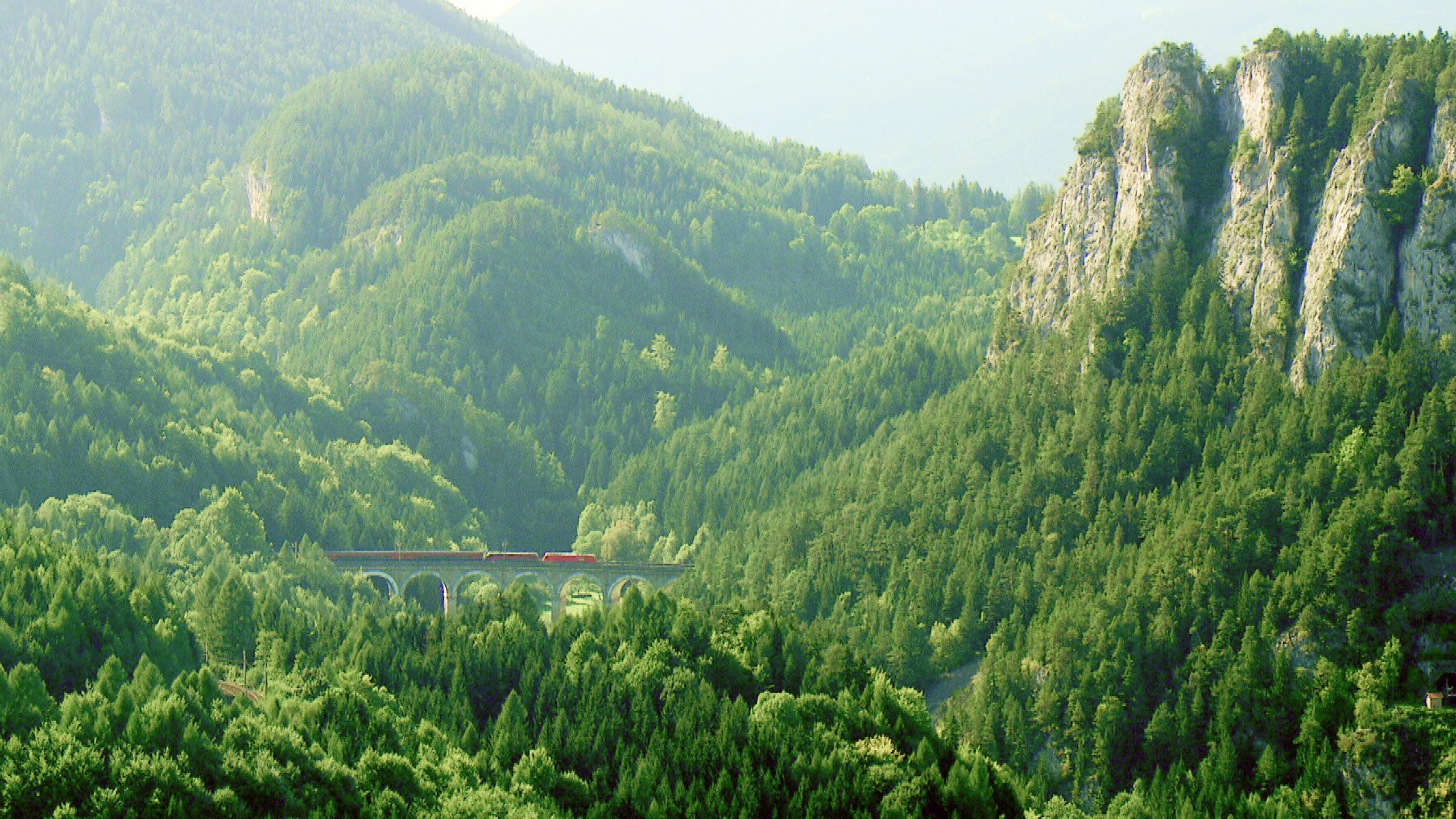Since the 1970s, lynxes that have been exterminated have been resettled in this country. However, their number is currently stagnant “at a very low level,” as stated in the broadcast.
“A maximum of 40 domestic lynxes live in small, secluded groups,” said Magdalena Eric, a WWF biologist. “In addition, there are hardly any offspring, because their habitat is highly fragmented due to high land consumption, which leads to genetic poverty.” According to an NGO, other threats, such as poaching, also threaten the stocks. At worst, the lynx could completely disappear from Austria.
“significant impact” on biodiversity in the forest
On Friday, the World Wildlife Fund called for better spatial planning and the construction of safe transit options to protect animals in order to prevent habitat fragmentation. “The lynx has a huge impact on the diversity of species in a forest ecosystem,” Eric was quoted as saying.
“As a natural antidote to deer and chamois, for example, it ensures healthy populations of these herbivores.” According to the World Wildlife Fund, new settlement projects could support lynx populations. Additionally, more efforts are needed to combat wildlife crime.
New settlement projects are required
New settlement projects can also support the lynx population. A young man has already settled in Kalkalpen National Park in December 2022 to strengthen the population. Since lynx offspring are usually born in late spring, the next few weeks will show if the settlement was successful. “If there is no offspring, there is an urgent need to release more animals – otherwise there is a risk of lynx extinction again in the area,” she said.
The environmental organization cited best practice examples of successful settlements in Slovenia, Italy and Germany. “Our neighboring countries have shown us how modern lynx protection works. With appropriate measures, Austria can become an important link between initiatives and population strengthening as a bridge.
Only three small populations of lynx in Austria
There are currently only three small populations of lynx in Austria with very fragmented distribution areas. In the north of the country, Austria has its share of transnational Bohemian Bavarian and Austrian populations. From 20 to 25 lynxes – mostly cross-border travelers – have been found in Waldviertel and Mühlviertel.
The area around the Limestone Alps National Park in Upper Austria is home to a critically endangered population of animals that currently only has five. There have recently been indications of two lynxes in the Hochschwab region of Styria. The appearance of a small number of lynx in Vorarlberg and Tyrol is the result of a slow population expansion in eastern Switzerland.

“Food practitioner. Bacon guru. Infuriatingly humble zombie enthusiast. Total student.”







More Stories
Low temperatures – Krems area: Frost causes damage
Why is Austria now spending billions on missile defense?
For fruit growers, the waiting and trembling continues